p>By Louie Stout
 />City biologists survey the St. Joseph River to study the health of fish.Daragh Deegan catches more fish than you from the St. Joseph River.
/>City biologists survey the St. Joseph River to study the health of fish.Daragh Deegan catches more fish than you from the St. Joseph River.
His secret? 500 to 1,500 volts of electricity.
Honest.
Deegan and his biological crew cruise up and down the river dragging electrodes in front of a 20-foot Lowe aluminum flat bottom boat.
A gas-fired generator sits near the back, pulsing juice to the electrodes that send just enough voltage into the river to stun not kill - fish.
Standing at the bow within the safety of wraparound railing are hard-working interns Jared Miller and Tyler Brennemen. They use large-handled dip nets to scoop up fluttering fish and deposit them into tubs sitting in the middle of the boat.
Jared lives in Bristol and is studying fish and wildlife at Lincoln Memorial University in Tennessee; Tyler is from Goshen, studying environmental science at Eastern Mennonite University in Virginia. Both are Bethany Christian High School grads.
The teams work is part of a biological monitoring program financed by the cities of Elkhart and South Bend.
By gathering fish samples and assessing water quality at various spots along the river, Deegan and his crew compile data that provide key indicators to the healthiness of the river system.
We look at everything, including insects, to evaluate water quality, said Deegan. Elkhart, South Bend and Muncie are the only municipalities with such programs, but other cities are starting to show interest and I expect several other cities will implement programs over the next decade.
On-the-water surveying is a three-month summer project and the winter is spent assessing the data.
Mishawaka used to be part of the program but had to drop out due to budget cuts, so Deegans team works from the Indiana-Michigan line near St. Pats Park to around the toll road in Bristol. They skip the Mishawaka sections.
On this day, they were sampling the lower river around Angela Blvd. where suckers and various darter minnows dominated. Deegan would hug his boat near the shores, gun his 40-horse Mercury, and crash into brush piles where fish often hide. The sudden burst of electricity brings them to the surface where Miller and Brennemen scoop them up.
After each 200-yard pass, Deegan motors to a nearby shoreline where interns Andy Foy and Nathan Hahaj await. Fish are dipped from the boat tubs and placed by species in respective water-filled buckets.
Hahaj, a Concord High grad, attends Vincennes University as a conservation law student while Foy recently graduated from Concord and this fall will attend Southern Illinois on various scholarships, including one he won from the American Fisheries Society.
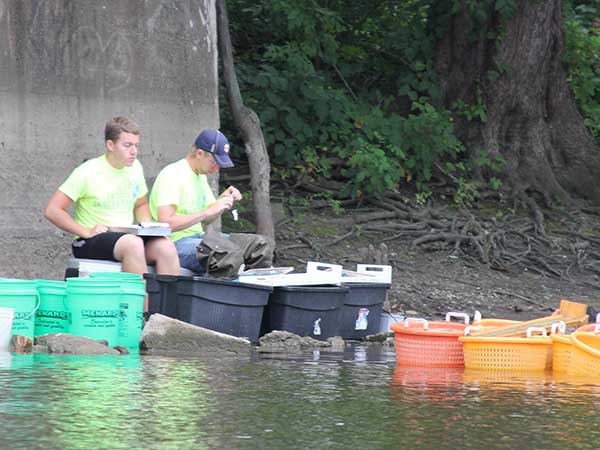 Summer interns weigh, measure and log information about each fish captured.Foy and Hahaj measure each fish and all gamefish are weighed. Scale samples of smallmouth and walleyes are collected and placed in envelopes for study back at the lab. Fish scales tell biologists the age of the fish; length and measurement are indicators of the health of those fish.
Summer interns weigh, measure and log information about each fish captured.Foy and Hahaj measure each fish and all gamefish are weighed. Scale samples of smallmouth and walleyes are collected and placed in envelopes for study back at the lab. Fish scales tell biologists the age of the fish; length and measurement are indicators of the health of those fish.
Floy tags with corresponding numbers are placed near the dorsal fin of smallmouth and walleyes. When anglers report tagged fish catches (a phone number and data number is printed on the tag), it helps biologists monitor migration and growth rates of the popular gamefish.
(Click to see how city biology interns log information on bass they capture from the river)
City biologists have tagged more than 3,000 fish over the past 10 years and some 300 or so have been reported by fishermen.
Anglers should note that this tagging program is unrelated to the Indiana DNRs reward program. The DNR places metal tags in the lip of bass only; Deegans are yellow, spaghetti-like tags in the back of walleye or bass and dont offer a reward.
But the information they provide to us is important to our study, Deegan said.
On this day, more than 30 different species of fish were captured, documented and released back in the river. About 99 percent of the fish that get shocked and placed in the researchers tubs swim away when theyre finished.
Several of the fish we collect are of no interest to most anglers but are key indicators of water quality, Deegan explained. When we see fluctuations in their numbers, its an indicator of changes in the water quality.
Sorta like the canary in the coal mine.
Some fish are kept and tissue samples are sent to a lab to determine the level of contaminants in those fish. Such data helps the Indiana Board of Health establish fish consumption advisories. You can find such advisory at www.in.gov/isdh/23650.htm.
Deegan also has his reports posted on line at www.elkhartindiana.org/department/division.php?structureid=245.
How clean is the St. Joe? As one might expect, water quality diminishes as you get in the inner city sections where industry unknowingly dumped quantities of Mercury and PCBs into the river decades ago. Many of those chemicals are retained in river sediment and are absorbed by the lower end of the fishs food chain before being passed onto gamefish. Larger, older fish, especially bottom feeders, carry higher concentrations of contaminants than smaller fish.
Its not a matter of the fish not being safe to eat, but more an issue with how often you eat them, said Deegan. Thats why Indiana issues its fish consumption advisory. But honestly, I have no problem with my kids eating fish from the river; I just follow the advisories closely and eat fish in moderation.






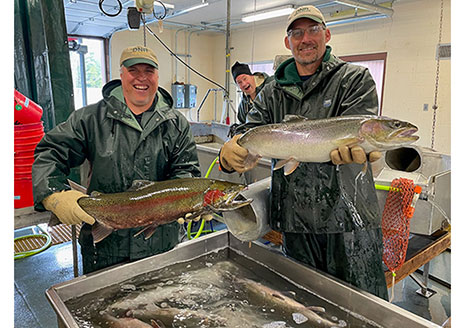
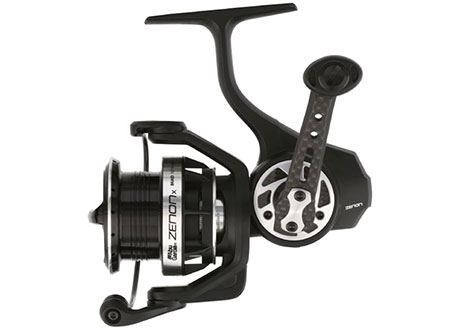

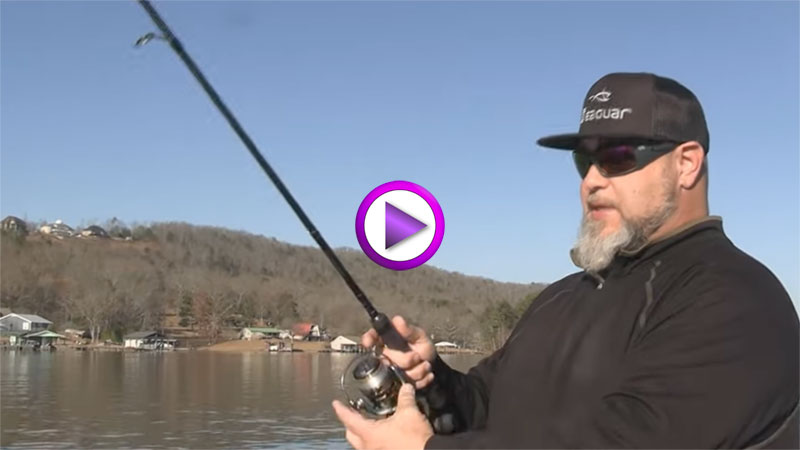



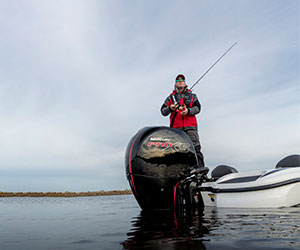

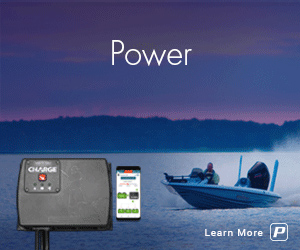


Connect With Us